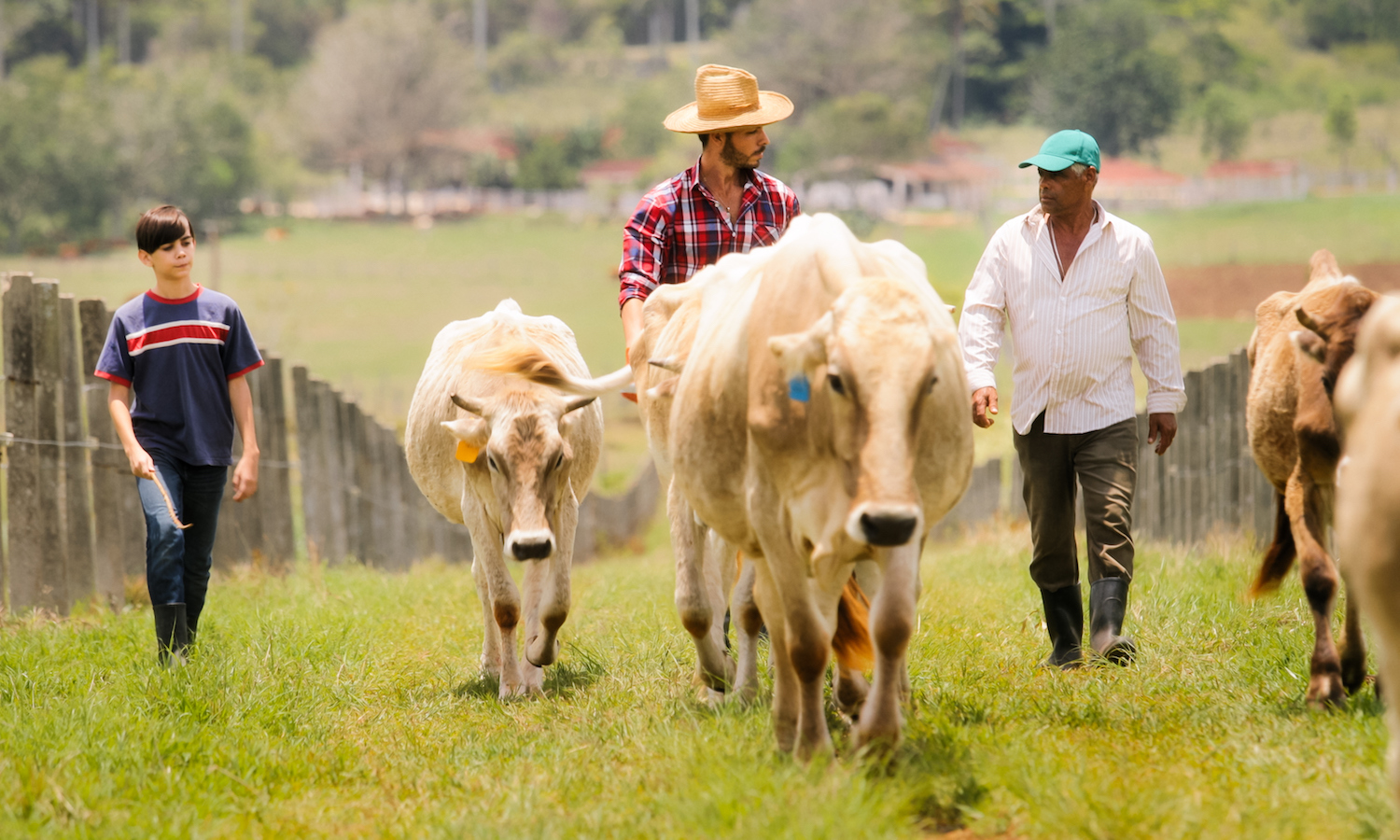Livestock contributes to climate change through the emission of carbon dioxide, nitrous oxide, and methane, which are potent greenhouse gases (GHGs). They are the largest source of methane emissions, a gas that has 34 times higher global warming potential than carbon dioxide as stated by the Food and Agriculture Organisation of the United Nations. Growing demand for animal-based protein by increasing the human population is likely to further intensify GHG emissions from livestock, which can put more pressure on the global climate.
The recent climate summit in New York and the global momentum for reducing GHG emissions to curb climate change by governments and communities worldwide are pointing towards comprehensive climate action. The Intergovernmental Panel on Climate Change (IPCC) suggests reducing emissions from agriculture and land-use change by changing diets and another report advocates for reducing reliance on fossil fuels. While there is a convincing case for reducing emissions by changing diets and by limiting supply-side fossil fuels, the livestock industry can play a major role in reducing global emissions. The role of livestock in addressing climate change so far has been overlooked.
GHG accounting guidelines of the IPCC and the United Nations Food and Agriculture Organization include enteric fermentation and manure management to capture emissions from the livestock sector. However, these guidelines do not include emissions associated with the entire value chain of livestock such as those associated with animal feed production, emissions from soils, land degradation, transport of feed, livestock, and its products, processing, packaging and distribution, consumption, and waste generated at each stage as pointed by Dr Harpinder Sandhu and his colleagues in their new study published in The Anthropocene Review.
Another study led by the United Nations Environment—the Economics of Ecosystem and Biodiversity for Agriculture and Food (TEEBAgriFood) advocated holistic analysis of value chains to capture all significant impacts of food systems to make appropriate policy responses. While TEEBAgriFood suggested full-scale evaluation of food systems, IPCC and other global assessments continue to produce their reports based on partial assessments. Although the outcomes are not in favor of the livestock industry, there is an urgency for various UN bodies to be consistent in their approach. According to one study, by Jeff Anhang, an environmental specialist at the World Bank Group, emissions from livestock are about 51 percent of the total global GHG emissions if the whole lifecycle is included and not 14.5 percent as estimated by the FAO. It is a matter of grave concern for the planet and people if there is an error in our calculations. A global consensus on livestock-related emissions is the need of the hour to correct GHG accounting and its implications for climate change policy. What if we have been underestimating total GHG emissions from the livestock sector? Therefore, there is a need to address discrepancies related to livestock-related GHG emissions. Correct estimation of all GHG emissions can help to know the full extent of impacts of the livestock industry on global climate change. So far none of the livestock environmental assessment models are being able to capture all emissions through the entire value chain. To comprehensively capture emissions from the livestock sector, a full-scale evaluation using the TEEBAgriFood framework may lead to better outcomes for the livestock industry and the planet. In addition to limiting fossil fuels, managing livestock provides much better option to reduce total global GHG emissions. Global community will be able to manage what it can measure accurately by fixing the livestock emissions metrics.






